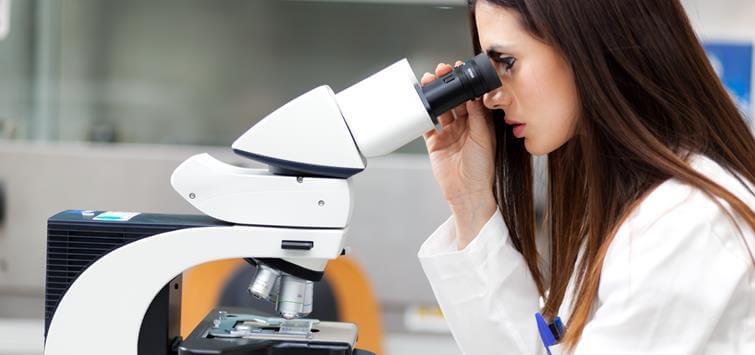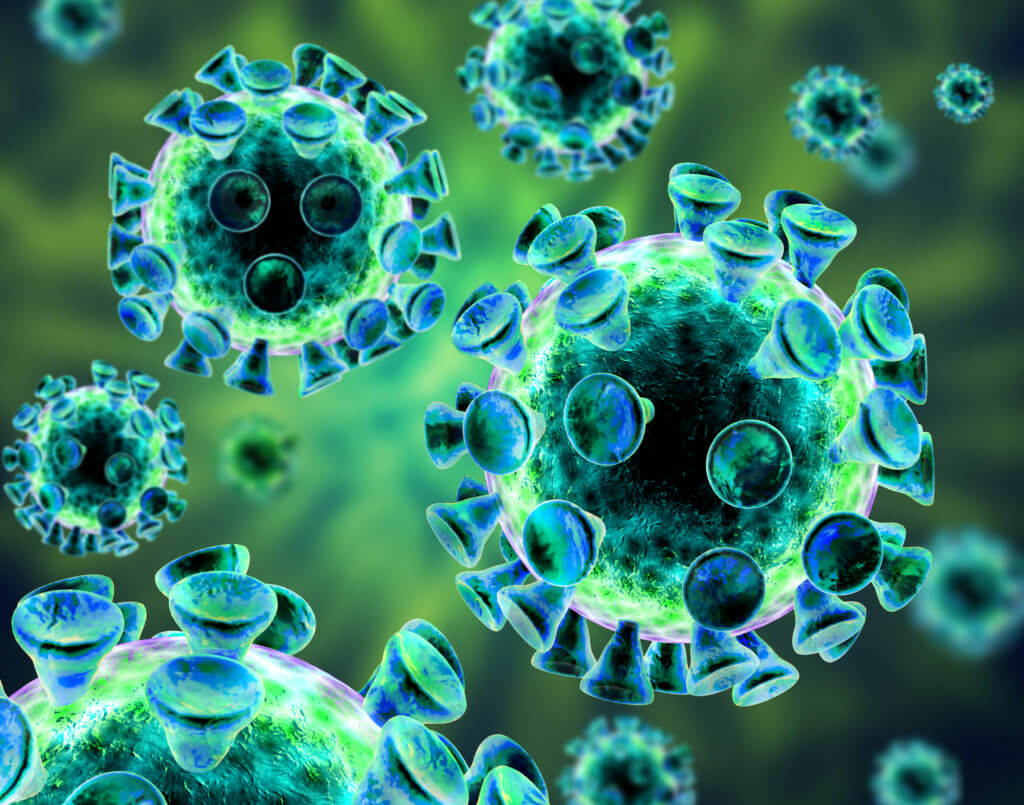Scleroderma: In The Spotlight
February is Raynaud’s and Scleroderma Awareness Month. This week we’re asking “what is scleroderma?” and “can stem cells help?”
Raynaud’s and Scleroderma
Raynaud’s is a condition which is commonly associated with scleroderma although the two aren’t exclusive to one another; Raynaud’s can be present with other conditions. Most commonly affecting the extremities of the body such as the fingers, toes and the tips of the ears and nose, Raynaud’s causes blood vessels in these extremities to contract so tightly that circulation is cut off; triggers could be exposure to cold where they become numb and a noticeably different colour or stress. Unfortunately, Raynaud’s can result in skin sores, gangrene and amputation in patients with severe cases.
Scleroderma is an autoimmune condition which causes a hardening of the skin, turning the tissue into a stone like substance. There are several types of scleroderma and while it can affect both sexes and any age group it is most common in women who are aged 30-50. The effects of scleroderma can be devastating, thankfully it is quite rare with only 5000 people in the UK receiving a diagnosis of scleroderma.
Scleroderma and Stem Cells
There is not yet a cure for scleroderma but Dr. Richard Burt of Northwestern University in the United States has had success with treating autoimmune diseases (including scleroderma) with autologous stem cells, these are stem cells which belong to the patient. This treatment is still in the trial stages and is yet to be rolled out to the general public but for those who have taken part in the clinical research have expressed the improvements the trial has made to their health and their lives in general with great enthusiasm. There is certainly hope, thanks to research like this, stem cells could offer scleroderma patients an effective treatment in the future.



